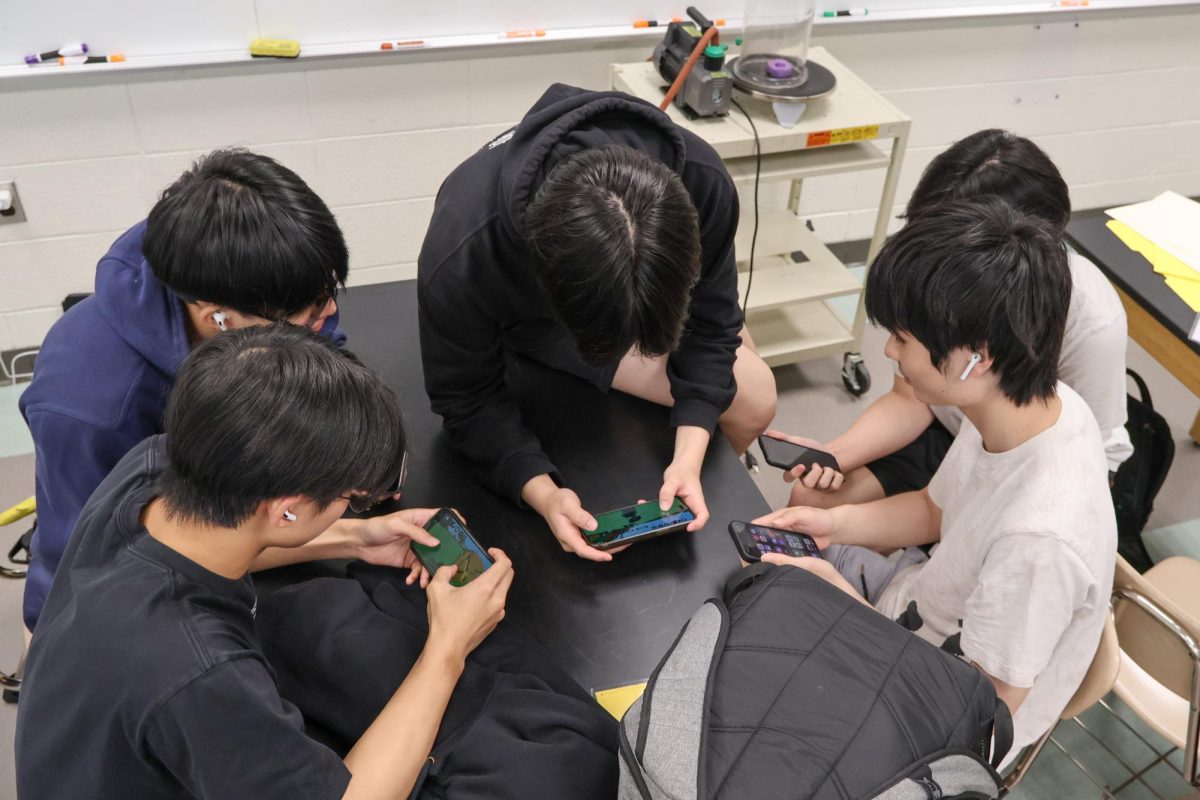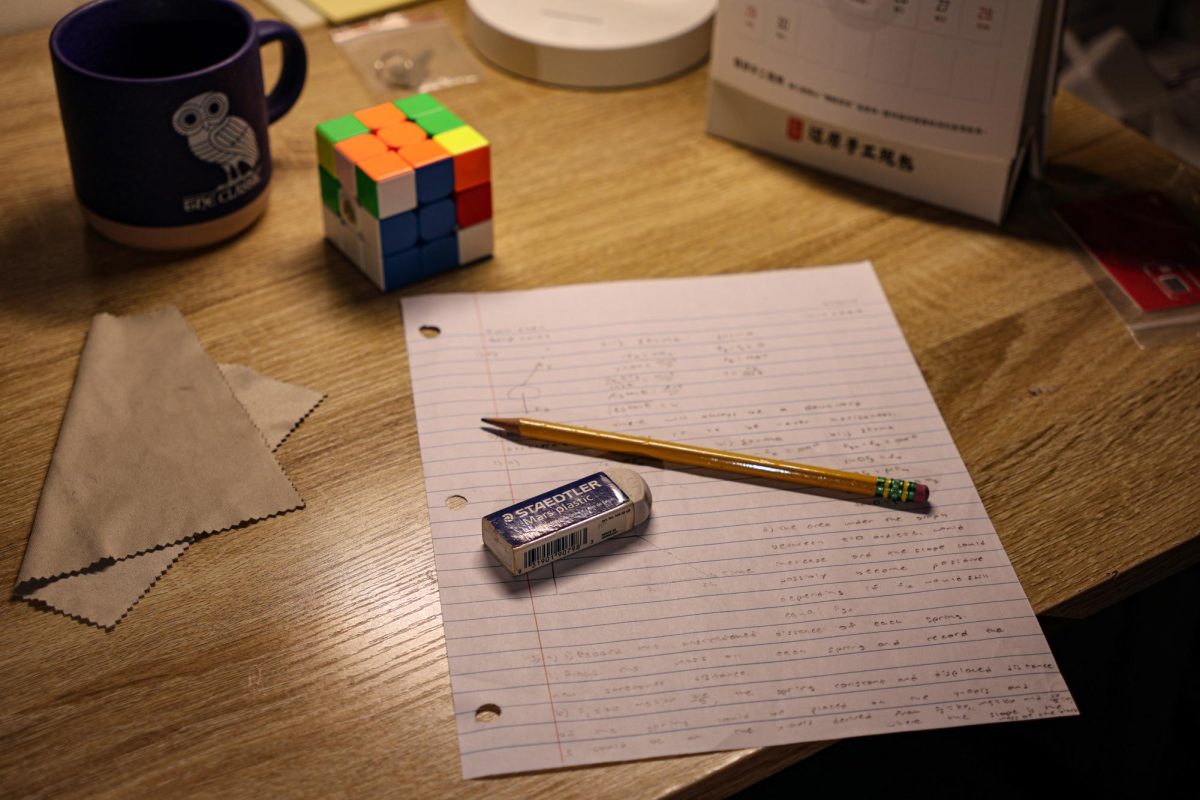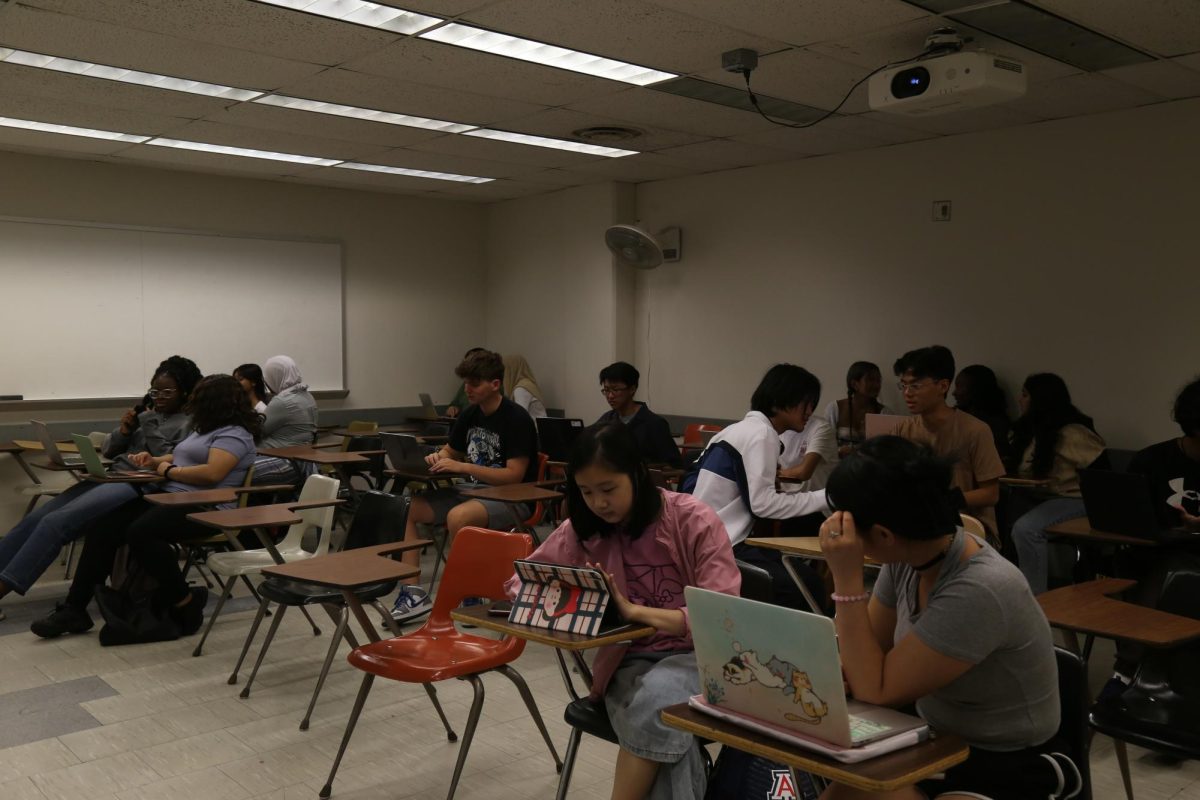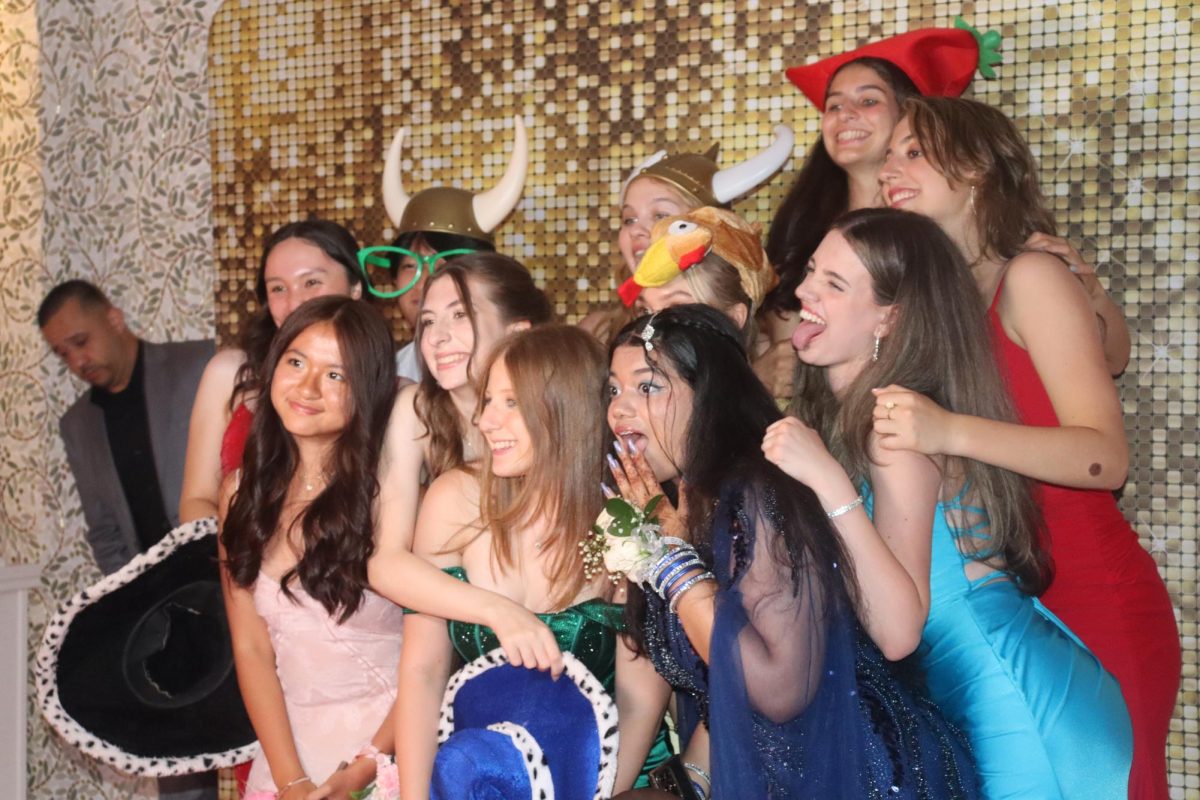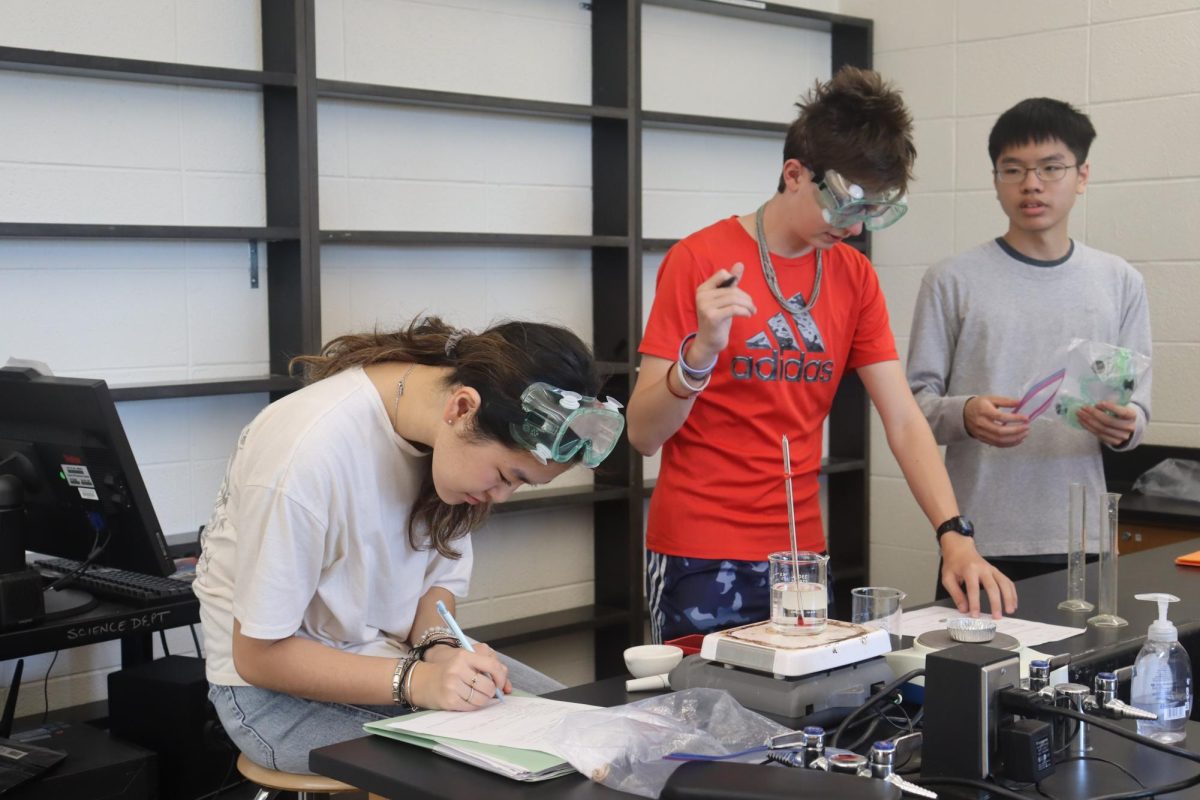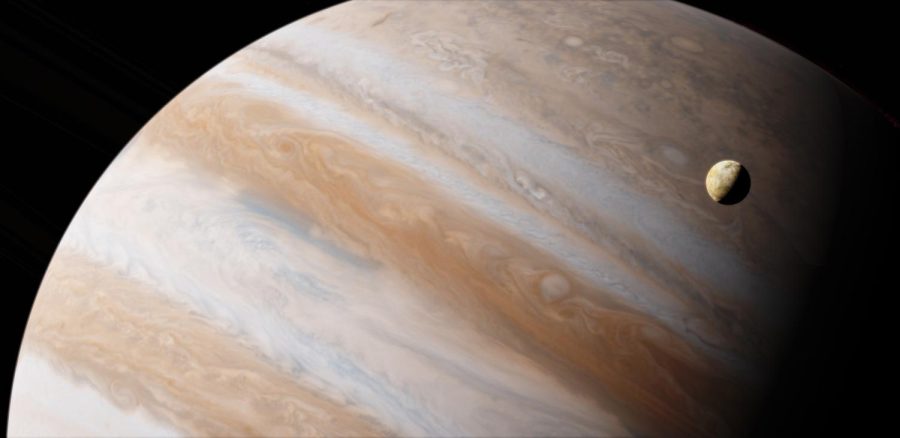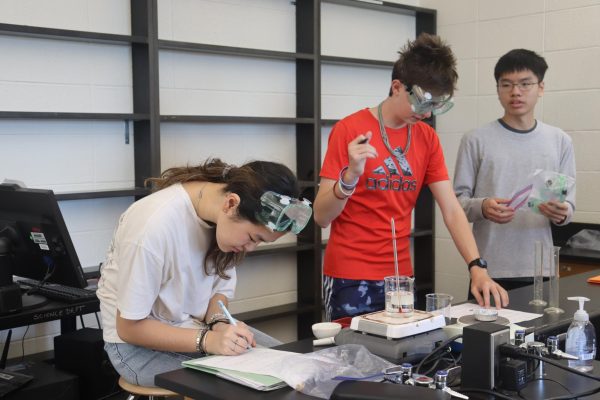After 59 years, Jupiter is now the closest it has ever been to Earth

Most nights, stargazing enthusiasts can quickly spot Jupiter, the largest planet in our solar system. Its immense size, distance from the sun, and proximity to Earth make it one of the easiest celestial bodies to spot- besides Venus and our Moon itself. Every 13 months, Earth and Jupiter go into opposition—in other words, the state of being diametrically opposed to the sun from the perspective of Earth—making the planet appear much bigger and clearer than it usually does. And there has been an even more dazzling sight yet; weeks ago, lucky onlookers witnessed a once-in-a-lifetime astronomical event.
Jupiter and Earth have different orbits around the sun; their paths do not lead them to be continuously equidistant with each other. When celestial bodies come as close as their orbits can bring them, their position is known as perigee. On the night of September 26, Jupiter and Earth went into perigee at the same time as opposition. Though these occurrences aren’t uncommon on their own, the two coinciding is rare. At this point, Jupiter is far bigger than a dot; one could get a good view of it simply by looking up, while usually a telescope is needed to clearly make it out. Now, the effects of the telescope are further amplified: even the stripes and moons of the planet could be seen, along with its iconic red storm. This led to thousands of professional and casual astronomers flocking to their backyards to see the planetary wonder.
The gas giant will still appear larger and brighter than normal for a couple weeks following. The next time Jupiter will be this close will be in the year 2129, 107 years from now. Over the course of the next few weeks, those who are curious will be able to view Jupiter in a way that they will likely never see again.
Your donation will support the student journalists of The Classic. Your contribution will allow us to purchase equipment, support our extracurricular events, celebrate our staff, print the paper periodically, and cover our annual website hosting costs.


